Wildcat Cartridges
.300 Kong
column By: Layne Simpson | April, 20
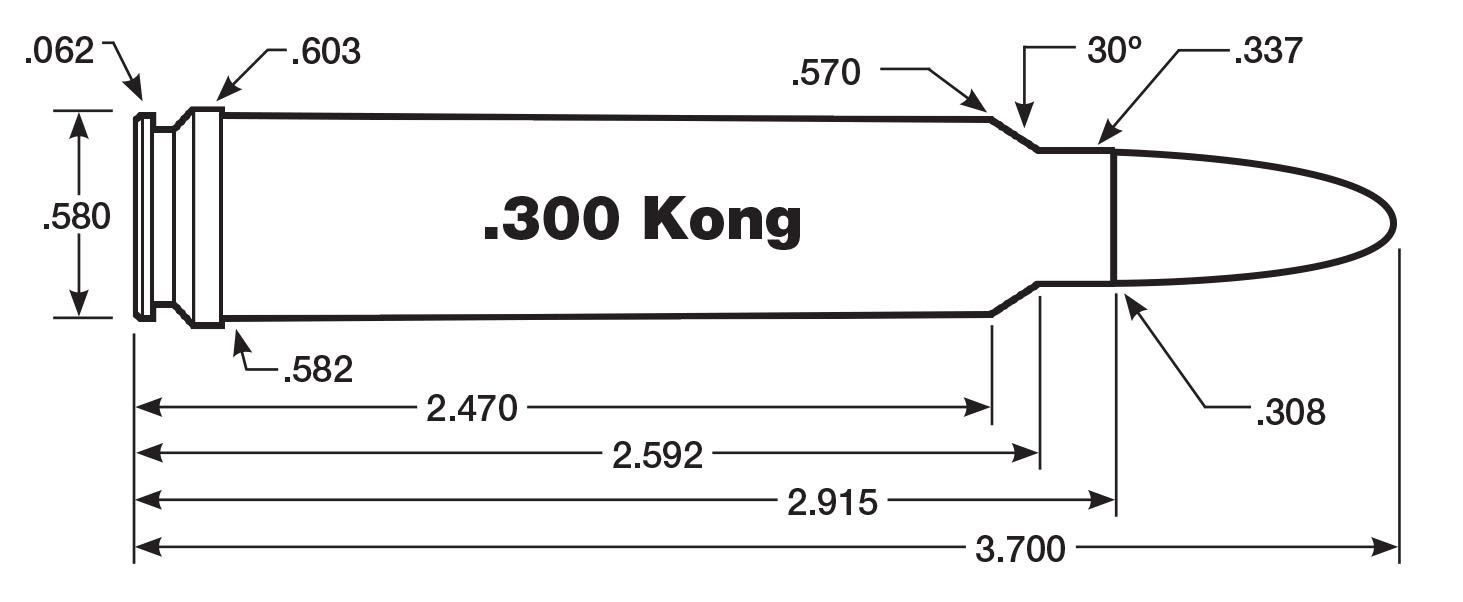
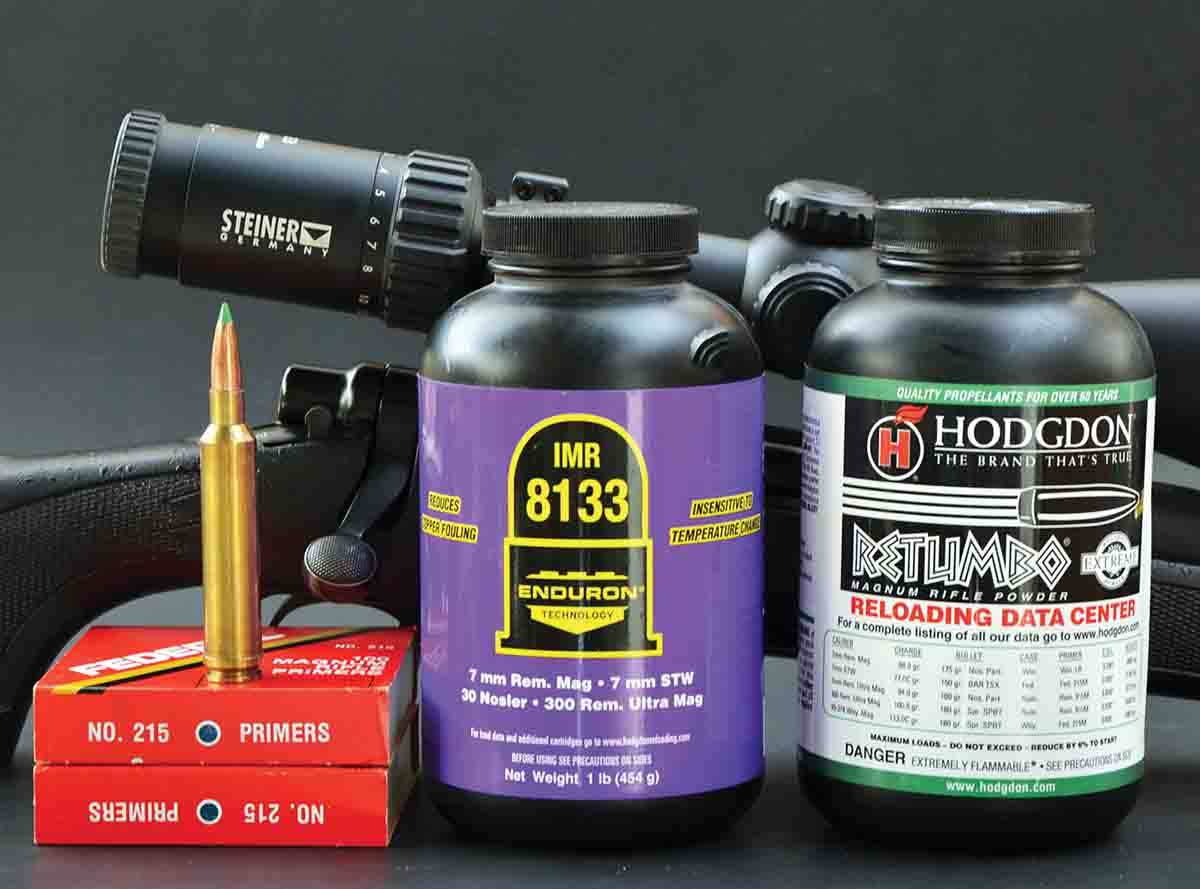
Not quite satisfied with a velocity of 5,000 fps, he then tried an experimental powder from Hodgdon and peaked at 6,000 fps. If not for its eventual popularity among members of The Original Pennsylvania 1000-Yard Benchrest Club, the .30-378 Magnum story would likely have ended there.
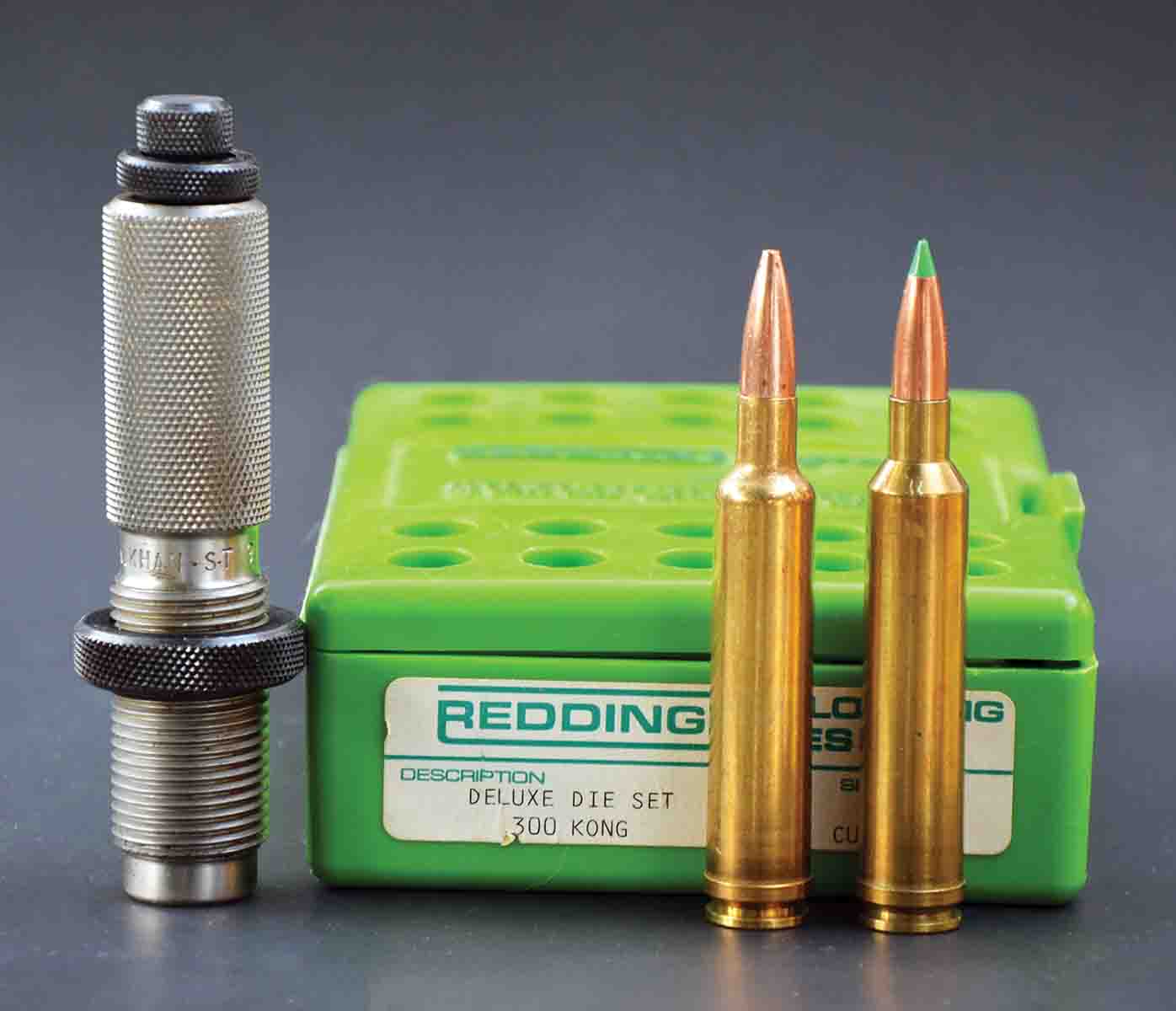
Like all Weatherby cartridges, it has a double-radius shoulder. Roy once told me he went with that shape for one simple reason – to make it difficult for gunsmiths across the country to grind chamber reamers. I could never talk him into offering his Mark V rifle in .30-378 Magnum, but not long after his son Ed became president of the company, the idea became somewhat easier to sell. Possibly to get me off his back, in 1990 Ed sent a Mark V action along with a note requesting that a custom rifle be built around it. I immediately forwarded the action on to Kenny Jarrett and later informed Ed of the accuracy and velocity we were getting.
Corporate decisions and game plans sometime take a while, and in September 1995 Ed Weatherby informed me that the Mark V Accumark in .30-378 Weatherby Magnum would be announced at the SHOT Show in January 1996. He also requested any load data I had developed be sent to Sweden to assist Norma technicians in the development of .30-378 Weatherby Magnum ammunition.
Building a rifle in .30-378 Weatherby Magnum sparked Kenny Jarrett’s interest in the cartridge, and despite the fact that he was not a fan of Weatherby’s double-radius shoulder, the big cartridge proved to be quite accurate in his rifle. Even so, he remained convinced that headspacing would be more consistent if the case had a conventional 30-degree shoulder.
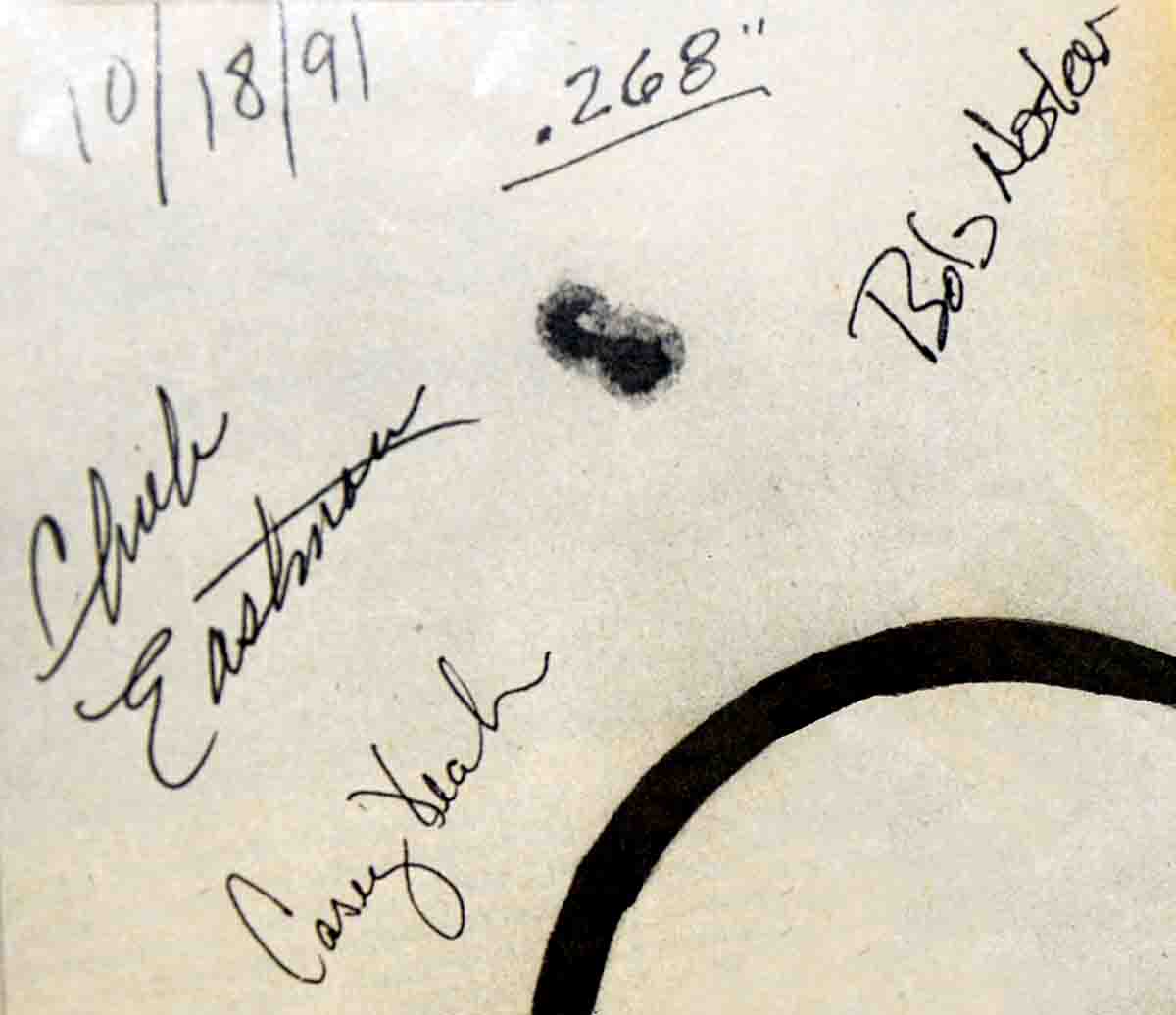
My first hunt with the Jarrett rifle was for elk in Colorado in October 1991 with outfitter Casey Veach. Busy with other matters, I got caught with only a few 180-grain Partitions on hand and no time to round up more. Nosler Ballistic Tips of the same weight landed in the same group, so a few rounds of those were taken along for checking zero once we arrived. Casey had decided for us to stop off to check our rifles at a small gun club in the Four Corners region. For those who have never heard of the area, it is where the corners of Colorado, Utah, Arizona and New Mexico meet. Word had gotten out among club members that a famous bullet maker would be in our group and a rather large crowd was there to greet us. Obviously a bit curious about our ability to shoot, several spectators with spotting scopes on tall tripods stood lined up behind us. The pressure was on.
As it turned out, my rifle was still close to zero after the long trip and as luck would have it, my first three Ballistic Tips landed in a group measuring .268 inch at 100 yards. Five days later I used a single 180-grain Partition to take a very nice elk at about 240 yards.The .300 Kong is formed by running .378 Weatherby Magnum or .30-378 Weatherby Magnum brass through a Redding .300 Kong full-length resizing die followed by fireforming. My cases formed from .378 Magnum brass have a neck diameter of .337 inch with a bullet seated. Outside neck turning just enough to uniform neck wall thickness reduces that to .3355 inch. Chamber neck and throat diameters in the Jarrett rifle are .338 and .3085 inch, respectively. The Kong case has slightly less body taper and its shoulder is moved forward a bit, but the gain in powder capacity is not enough to have a significant influence on maximum velocity. One difference I have noticed is the case does not require neck-trimming as often as the .30-378 Weatherby Magnum case.
Upon Roy Weatherby’s request back in the 1950s, Federal developed the 215 Large Rifle Magnum primer for the .378 Weatherby Magnum, and it went on to become “the primer” for igniting large charges of slow-burning powders in low-expansion-ratio cartridges with big appetites for propellant. Through the years I have mostly stuck with that primer for the .300 Kong, although the CCI 250 Magnum seems to work equally well. As powders go, IMR-8133 and Retumbo are outstanding performers when used with bullets weighing from 165 to 200 grains.

A strongly constructed 180- grain bullet may be the best all-around choice for cross-canyon shots at elk. Among several Alaska brown bears I have taken through the years, the best one squared only a few inches shy of 10 feet. It fell to a single 180-grain Partition from a Remington 700 .300 Ultra Mag several months prior to the official introduction of that cartridge. For shots in fairly open country there is no reason why the .300 Kong loaded with that bullet would be any less suitable. Moving to an alder thicket and a shot just off the toes of my boots, I would prefer more bullet diameter and weight, but if the .300 Kong were all I had, it would be loaded with the Swift 200-grain A-Frame, the Barnes 200-grain TSX FB, the Nosler 200-grain Partition or the Nosler 220-grain Partition.
Just as Jarrett predicted, his rifle in .300 Kong proved to be more accurate than the rifle he built in .30-378 Weatherby Magnum, but in all fairness I must add that the comparison is not exactly apples-to-apples. The Kong made its debut in a blue-printed Remington 700 action while the .30-378 was on an off-the-shelf Weatherby Mark V action. I do not recall who made the barrel for the Weatherby action, but it could also have been from a different source. Both rifles had McMillan stocks.


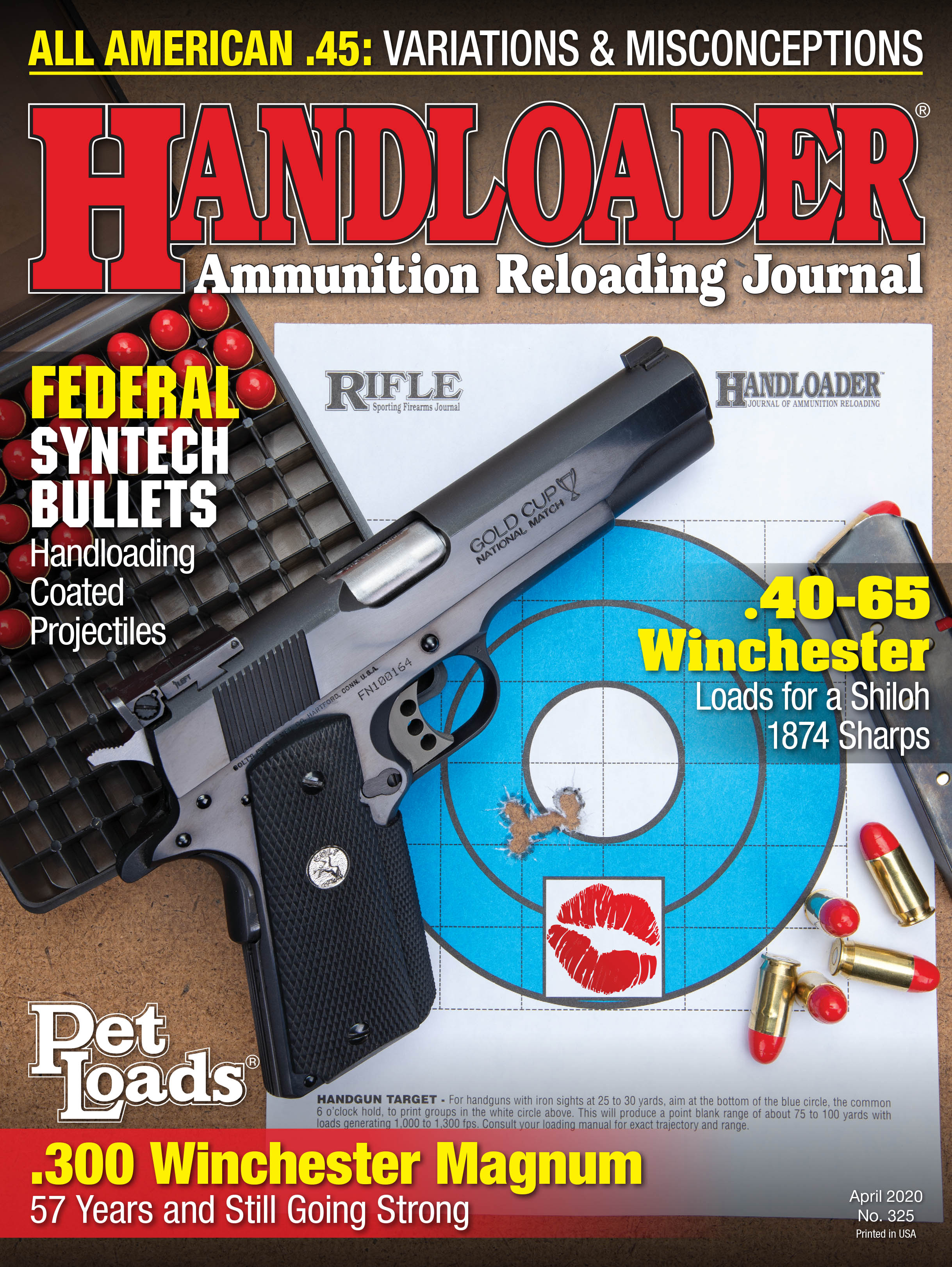
.jpg)